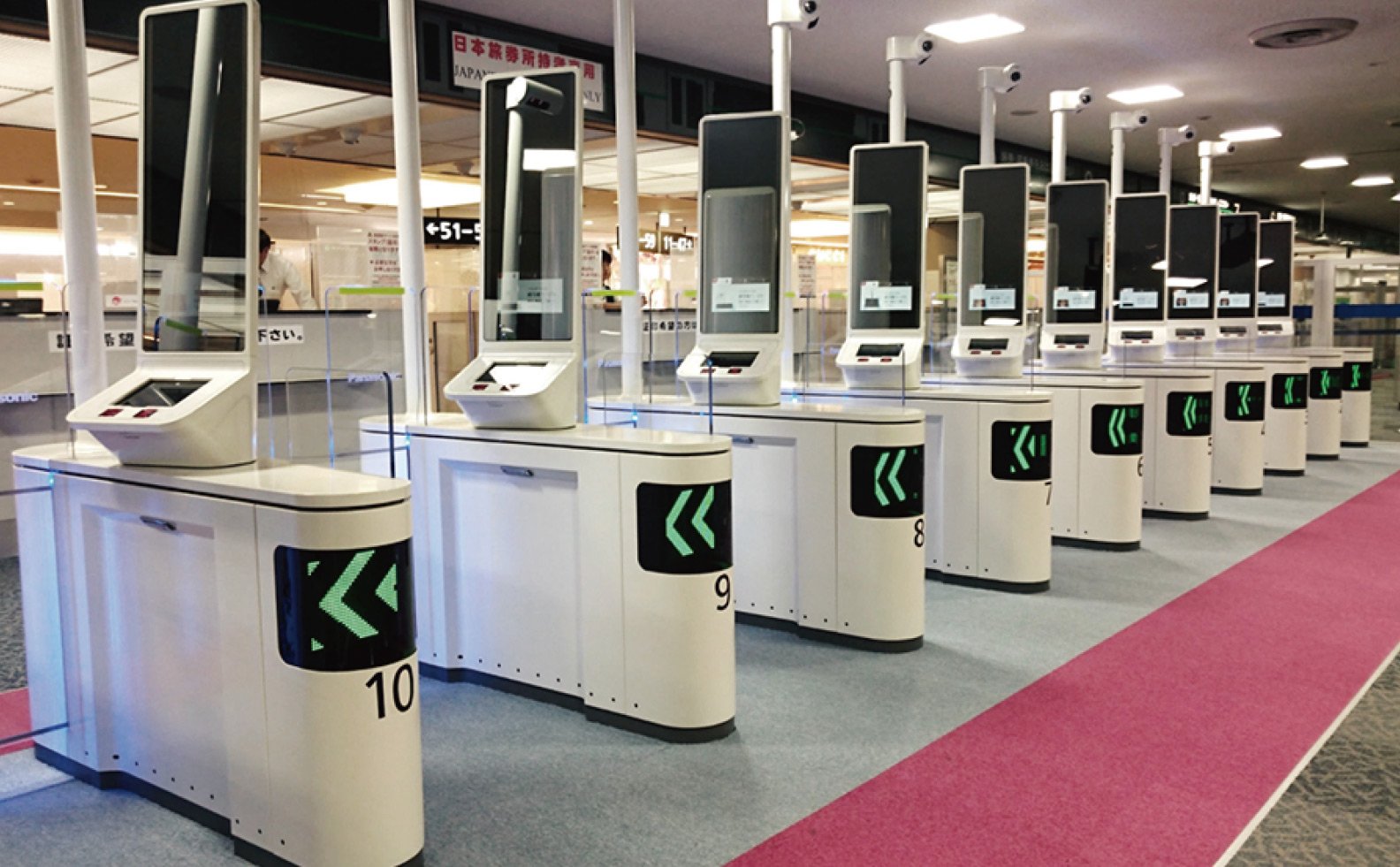To realise Japan's vision as a tourism-oriented nation, the target number of foreign visitors to Japan has been set at 40 million by 2020 and 60 million by 2030. One measure to prevent airport operations from becoming overwhelmed by this anticipated increase is the facial recognition gate. Leveraging its DNA, forged through years of observing customers' lifestyles primarily through home appliances, Panasonic has developed an unprecedentedly ‘user-friendly’ facial recognition gate.
INDEX

A new criterion: Ease of use
The ideal immigration entry and exit procedures are those in which inspection is both smooth and rigorous. Panasonic prepared for this project by interviewing not only sales and engineering professionals but designers as well. Panasonic noticed that, despite the wide range of ages of people who would use the gates, previous designs (using fingerprint authentication) had focused primarily on rigor of inspection.
Ease of use had taken a back seat. Of course, accuracy of facial recognition would be vital, but for procedures to flow smoothly, the system had to be easy for both inspector and traveler to use. For Japan’s Ministry of Justice, Panasonic’s customer-centric focus on ease of use was revolutionary. The Ministry and Panasonic worked shoulder to shoulder to develop this new type of gate.
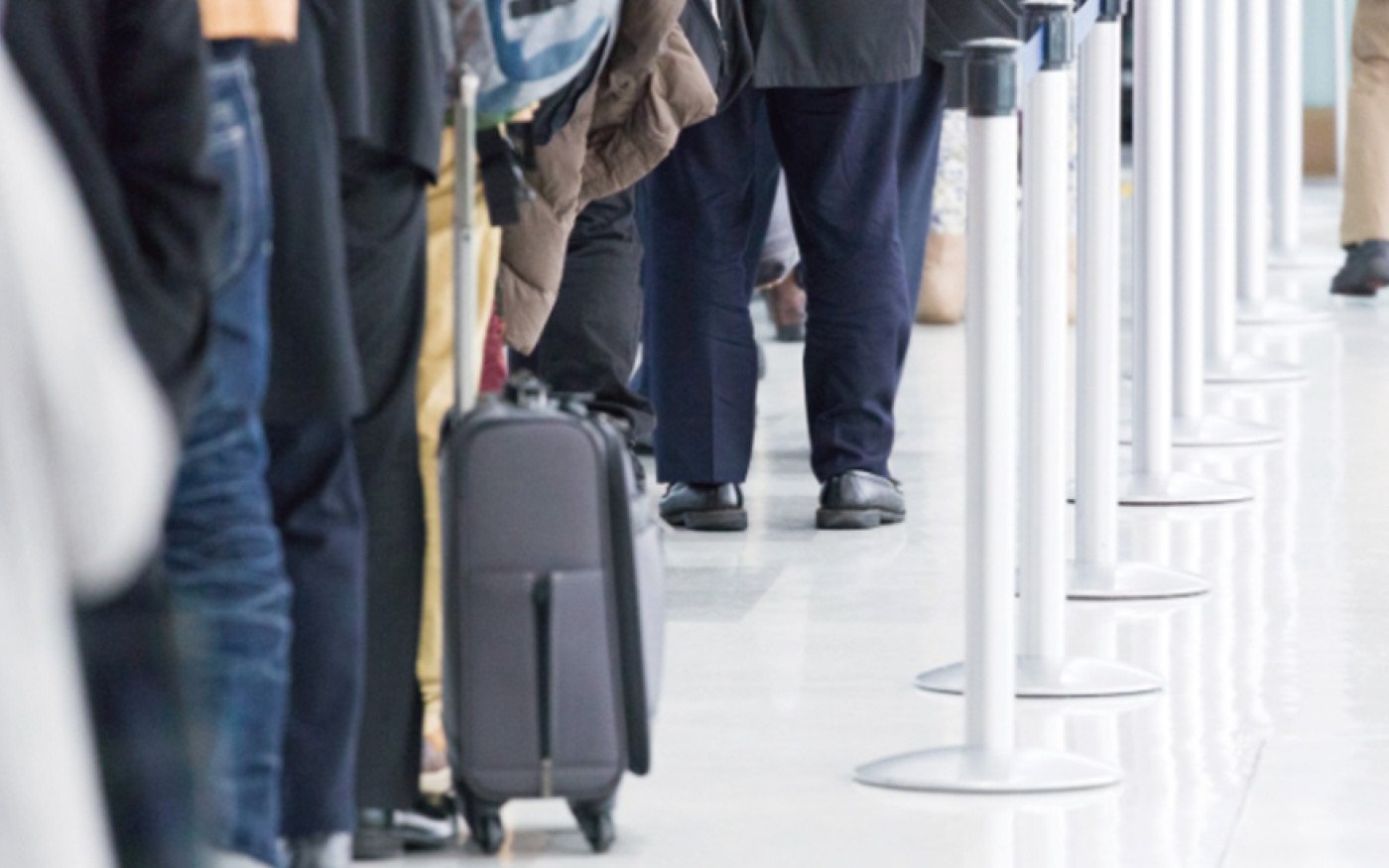
A behavioral survey turned up unexpected issues
In the process of developing a system that was easy to use, Panasonic analysts made some interesting observations. The analysts observed how people interacted with the system then in use, a fingerprint-authentication gate. The result of the thoroughgoing survey revealed that some people experienced significant delays in passing through the gates, while others were unable to pass through at all and had to be taken to a staffed gate.
The older the travelers were, the more frustration they experienced in using the gates, with the elderly much more likely than younger travelers to be unable to pass through. This observation led to a significant realization: If the system can be made easy for the elderly to use, it will be easy for everyone to use. This insight became our mission.
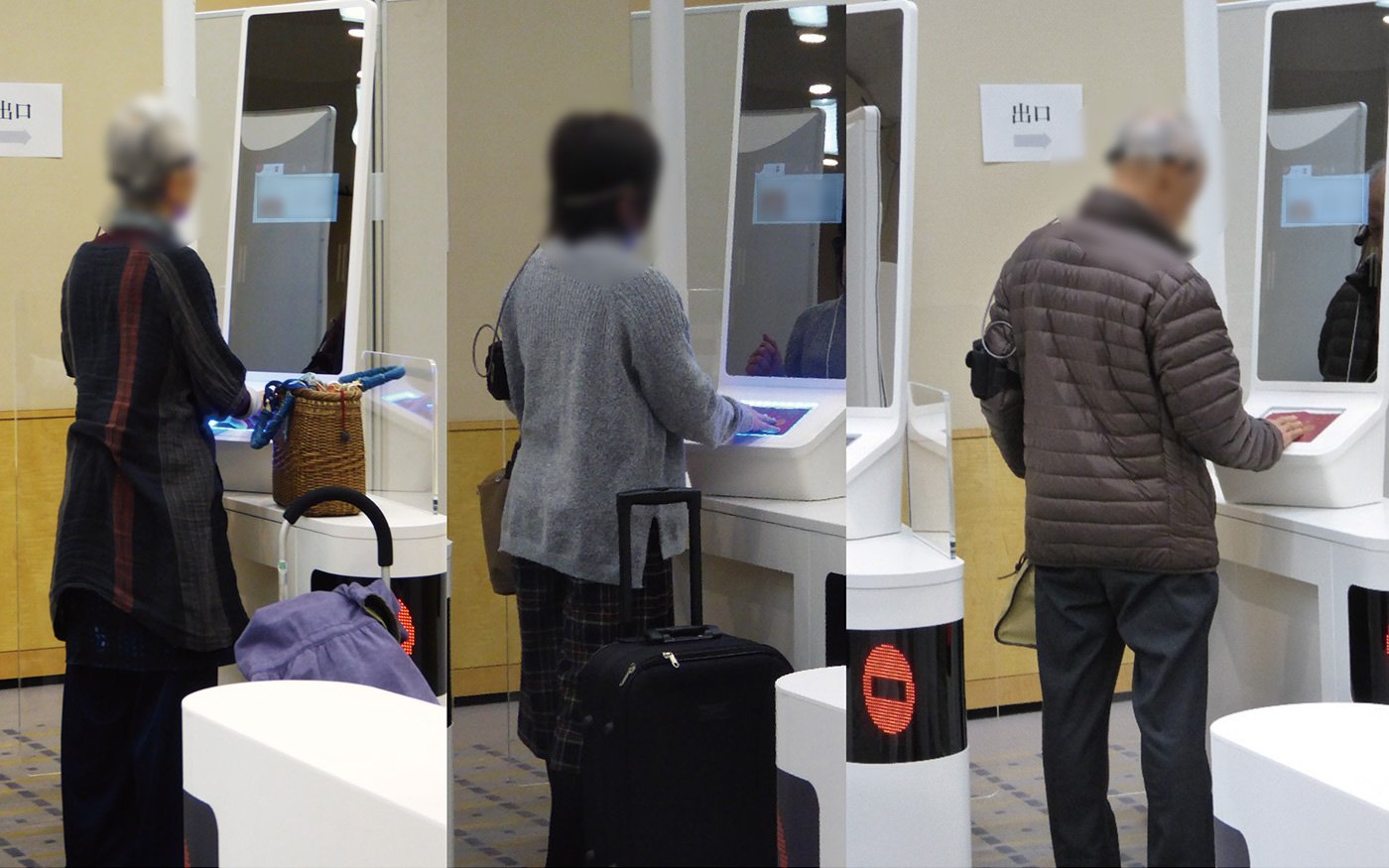
Our aim was to design a gate through which elderly travelers could pass smoothly
To persuade travelers to pass through the Facial Recognition Gates, Panasonic needed to design each step of the process from the ground up. We identified five steps: Induction toward the gates; lines of movement inside the gates; operations inside the gates; facial recognition; and passage (exit from the gates). Our team scrutinized each stage, relentlessly pursuing a final design through which elderly people, who may be less adept at manipulating machinery, could pass through smoothly and easily.
Induction toward the gates:
Giving the gates a welcoming design
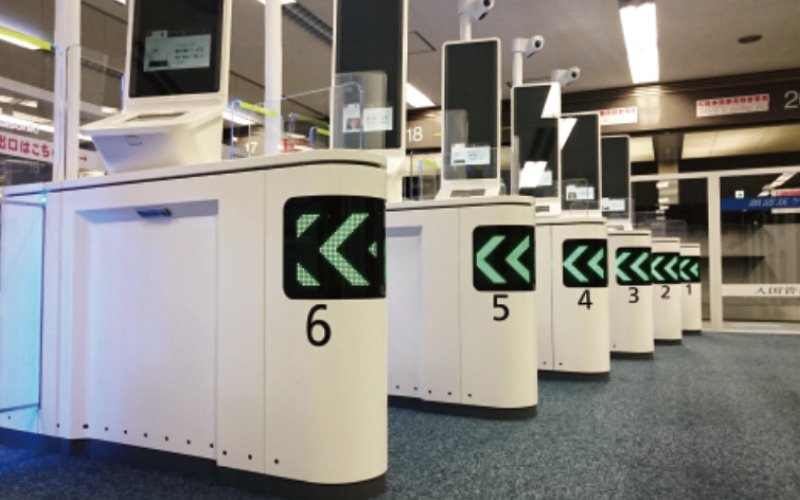
We placed a guide sign in the concourse, large enough to be recognizable at a distance. Signs explaining how to use the gates were posted travelers could read them, learning about the system as they waited in line. The gates themselves were milky in color and featured a gentle, roundish molding, eliminating one psychological hurdle by appearing easy to navigate.
Lines of movement inside the gates:
Design that supports smooth human motion
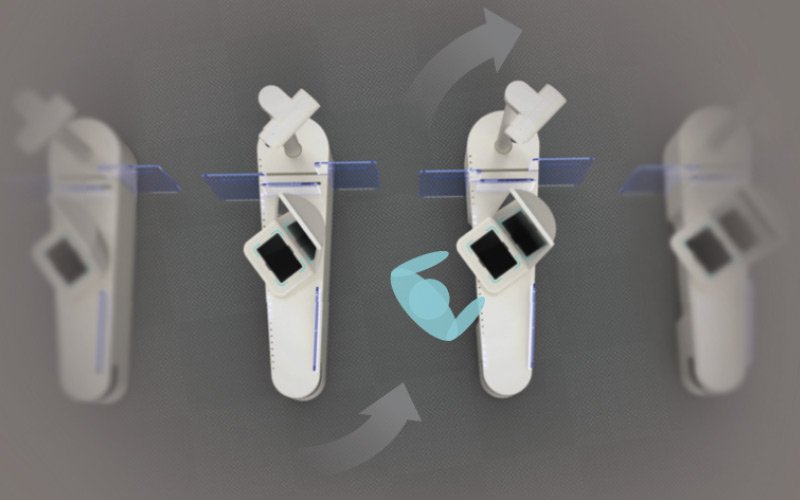
To achieve smooth lines of movement toward the Facial Recognition Gates, we widened the opening where travelers entered the gates. A space was also supplied for placement of hand luggage, to avoid obstructing people’s feet with suitcases.
Operations inside the gates, facial recognition and passage (exit from the gates):
Signaling intuitively that authentication has ended
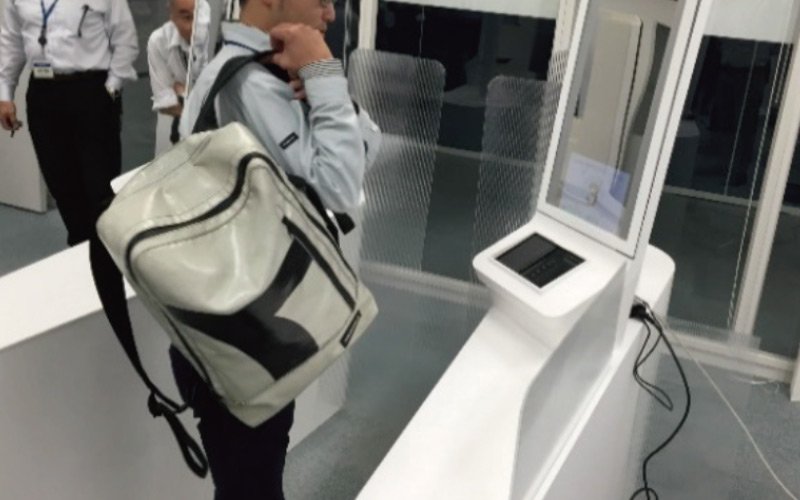
he spot where the passport is placed is designed to be recognizable at a glance. When passport authentication is finished, the system proceeds to facial recognition before the traveler realizes it. The camera that performs facial recognition is placed behind the monitor to minimize movement of the traveler’s line of sight, so that the traveler can pass quickly and unerringly through the gate. The system is arranged so that facial recognition is complete while the traveler is still reading the explanation on the monitor. The monitor is also a mirror that reflects the traveler’s face, so the traveler is naturally induced to gaze at the camera for several seconds with no awareness of “posing.” The monitor-and-camera structure, which is the heart of the facial recognition system, was developed through repeated testing: elderly test participants were asked to put on wearable cameras, and their eye movements were carefully monitored. So it was that we developed the Facial Recognition Gate that proceeds smoothly from operation inside the gate to facial recognition.
Panasonic’s DNA in consumer electronics updated the gateway to Japan’s skies
For over a century, Panasonic has focused on making people’s lives better. Combining imagination from the customer’s perspective with technology and design cultivated over many years, Panasonic surpassed its traditional scope to bring safety and security to Japan’s gateways to the skies. Panasonic plans to use this case study to drive further innovation, creating new value in a wide range of situations and fields worldwide.

